Leaves : 2-6 | Root : Healty | Condition : Good
- Selling size: Single plant
- Potted plant will be sent
- N.B:Free shipping
The most striking feature of Anthurium Warocqueanum is the foliage.
The queen anthurium has long narrow velvet leaves. Each leaf is dark green and velvety, but are thick and leathery to the touch, and can be brittle and easily damaged. The veins on the leaves are clearly marked – silver to white in color.
Even collectors who lack an affinity for Anthuriums have a hard time passing this one up.
Basic care for anthuriums includes avoiding too much direct sun, most types preferring bright indirect light.
The potting mix should drain well. Anthuriums will perform better with increased humidity and warm temperatures.
When mature this plant can have leaves nearly 25 cm wide and almost 1 m long!She prefers a bright spot with no direct sunlight. In short, it makes a great house plant!
Family And Origin
The Queen Anthurium is part of the Araceae family and is native to the tropical rainforests and intermountain valleys of central and western Colombia. It was first described by Thomas Moore in 1878 and eventually given the Latin name Anthurium warocqueanum. These plants can get quite large in the rainforests where they naturally occur, but indoors, expect them to grow leaves typically up to a meter long at most.
Queen Anthurium
You can find Queen Anthurium plants at some greenhouses and nurseries, but for the most part, you’ll have to purchase these plants online. They can be found commonly on sites like Etsy, which can be nice since you’ll know exactly where and what individual seller your plant came from – and sometimes, you can get your hands on a new plant more inexpensively this way. Check out Anthurium warocqueanum plants for sale on Etsy below.
You can get other Anthurium plants on sites like Amazon, but since the Queen Anthurium is a little more uncommon, you’ll usually only find it offered from individual sellers on sites like Etsy and eBay.
Queen Anthuriums can unfortunately be somewhat pricey to get your hands on – a plant will typically run you between $60 – $400, usually upwards of $200. You can also purchase cuttings of the plant, which may be slightly cheaper – generally $150 and under.
Why Are Anthuriums so Expensive?
Anthurium plants in general tend to sell on the expensive side, but Queen Anthurium plants can be especially pricey. These tropical houseplants are prized for their lush and beautiful appearance, and that as well as their status as a somewhat uncommon houseplant makes them a more expensive purchase than some other plants.
Is Anthurium warocqueanum Rare?
The Anthurium warocqueanum is a somewhat rare plant, yes. Some plants in particular may be ‘rarer’ than others and might sell online for a higher price based on the color and appearance of their leaves. A healthy and ideal Queen Anthurium plant will have very sturdy, almost cardboard-thick dark green leaves with silvery white veins. Plants with lighter colored leaves are often considered less desirable.
How Do You Take Care Of Queen Anthurium?
Queen Anthurium plants are notoriously a little challenging to care for thanks to their picky attitude in regards to the light, temperature, and water they require to grow and thrive. Let’s go over a few aspects of Anthurium warocqueanum care and the optimal conditions that this sometimes dramatic tropical plant needs to survive.
Soil
In nature, these plants actually don’t typically grow on the ground in the soil. Anthurium warocqueanums are epiphytes and are usually found growing in leaf litter or other debris they can find on other plants or trees. This means that, in the wild, the Queen’s roots are usually exposed and allow it to ‘borrow’ nutrients from the plant it lives on.
When growing it in your home, you’ll want to use a very light or ‘loose’ potting mix to mimic this. Anthuriums don’t like to sit in too much water, so it’s important that the mix you pot them in drains well. An aroid mix or orchid mix, potentially with added organic matter works just fine. Queen Anthuriums like sphagnum moss, peat moss and bark.
Potting
When potting an Anthurium warocqueanum plant, you have a few options. These plants thrive in orchid baskets or other more ‘open’ homes for plants because it allows them to expose their roots around the basket like they would on trees or other surfaces in the wild. You could also potentially forego a pot or basket altogether and ‘mount’ the plant on a surface the same way you might with an air plant or fern.
Most Queen Anthurium owners tend to keep their plants in regular pots like the rest of their plants, though, and that’s okay too. These large-leafed plants will do just fine in clay pots, hanging baskets, and most other containers, as long as they have holes to drain out water. Make sure that the potting mix you place your plant in is not too dense and that there is proper drainage – Queen Anthurium does not like to sit in water and will get ‘root rot’ quickly and easily. Moving this plant to larger pots can also cause too much water retention and may also drown the roots.
pH
Anthuriums, the Queen included, prefer their soil to be a bit on the acidic side. Try to keep the soil pH of whatever mixture your anthurium sits in between 5.5 and 7.5.
Water
One of the biggest reasons why the Queen Anthurium is considered a challenging plant to take care of is its sensitivity to water. Anthurium warocqueanum is native to the rainforest, so it prefers moist and humid conditions – but overwatering it even a little can prove catastrophic.
If you’ve potted your anthurium in moss, you should be able to get away with watering it once a week or so and allowing it to utilize the moisture absorbed in the moss. Just be careful to never let the plant dry out or stay too wet for an extended period of time.
Light
The Queen likes medium to bright indirect light. If your plant is outdoors, you may want it to rest in partial shade. Avoid allowing direct sunlight to touch Anthurium warocqueanum – bright light will actually burn this plant’s beautiful leaves and cause damage.
Temperature
As a tropical rainforest native, this anthurium prefers a fairly warm temperature at all times – between 68°F and 86°F. If you live in a humid climate that’s warm year-round, this plant might do well outside – but otherwise, you’ll likely want to keep it indoors, so it doesn’t get too cold or exposed to the elements.
If you’ve ordered a Queen Anthurium plant and you live in a colder climate, make sure that the seller includes a heat pack with the plant as it moves through transit. This will help keep the plant alive and at a stable temperature if you live in a less favorable climate.
Humidity
Anthurium warocqueanum is a plant that needs high humidity levels to thrive. As with many other tropical plants, this anthurium is used to very humid air in its natural habitat. Occasional misting can be helpful for these plants, but to make sure they have the humidity level they need you may need to invest in a humidifier.
A humidity level above 70% is typically satisfactory for these plants, though you must make sure that the plant is getting proper air flow, too. Low humidity is not good for these plants, but neither is stagnant air. If your Queen Anthurium sits in a greenhouse, make sure you are using fans to keep the air moving.
Fertilizer
In nature, these plants are constantly absorbing nutrients from the trees and other surfaces they live on. In your home, you’ll want to mimic that by fertilizing them in small amounts throughout the year, stopping just before the winter months. A balanced fertilizer used a few times a month will work just fine, though you should use just a fraction of the dose instructed – overfertilization can kill the plant.
Growth Rate
Like most other plants, Anthurium warocqueanum’s growing season is during spring and summer and slows down during the winter months. If the plant is thriving, it may grow leaves rather quickly. You should be able to gauge the health of your anthurium by the number of healthy leaves it maintains. If there is only a single leaf or other leaves are dying to support a new one, your plant may be struggling. If it has two or more leaves, on the other hand, the Queen Anthurium is typically very healthy.
How To Propagate
The Queen Anthurium doesn’t produce a flower with petals, but instead produces ‘flowers’ or spadix that come up from a bract. The main way of propagating an Anthurium warocqueanum plant is to take a cutting of a new shoot from the main stem. A new shoot can be separated from the main plant and grown as a new one, but beware cutting any new growth too early, as it may be very harmful to the plant.
Toxicity
The Queen Anthurium is toxic to both humans and animals – so don’t try to make a salad with those leaves. Calcium oxalate within the plant makes it unsafe for consumption, so keep it away from curious pets or children.
Common Pests, Diseases, and Problems
Like most other houseplants, the Queen Anthurium faces a host of common problems – and a few unique to itself. Whether this plant is indoors or outdoors, it’s a good idea to be on the lookout for pests; you should check the undersides of this tropical plant’s leaves frequently for spider mites, aphids, and other pests that could harm the plant. As we mentioned earlier, you should also be careful with this plant’s roots – they’re prone to all sorts of root issues like root rot that stem from over or underwatering. Your Anthurium warocqueanum plant may also be susceptible to bacterial infections that plague many anthuriums. Keep an eye on your leaves – if they start wilting and developing brown spots, your plant may be fighting infection. A plant that is too wet is typically especially susceptible to infection.
Only logged in customers who have purchased this product may leave a review.

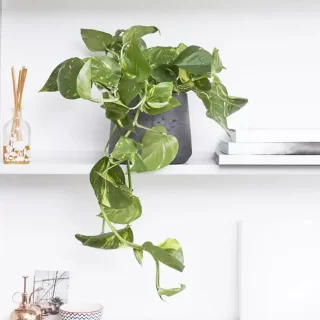
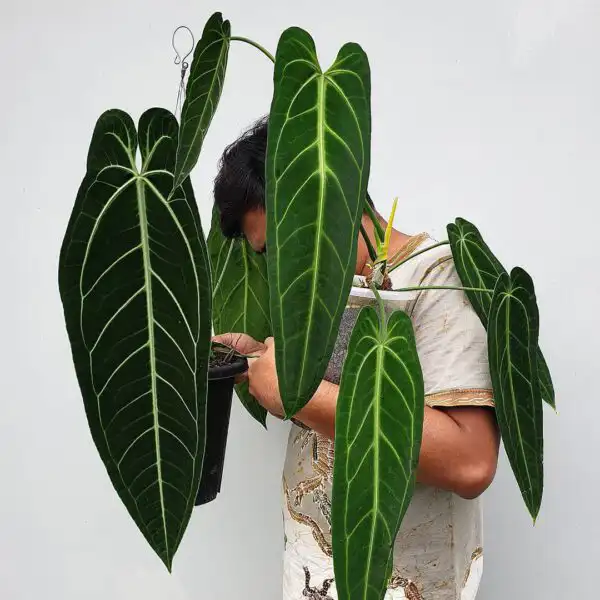
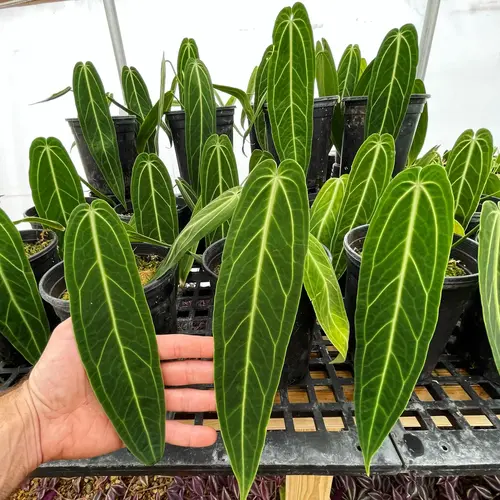

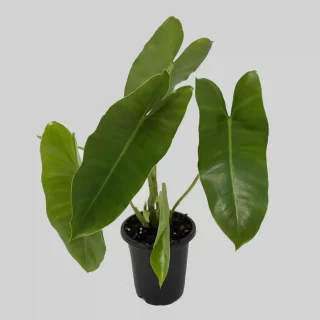
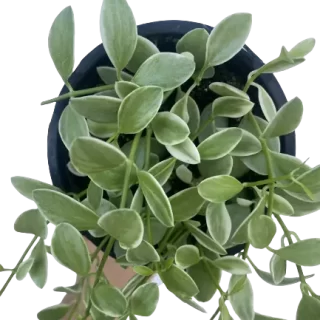
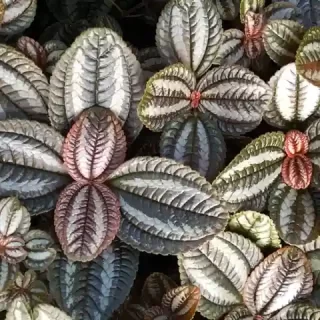
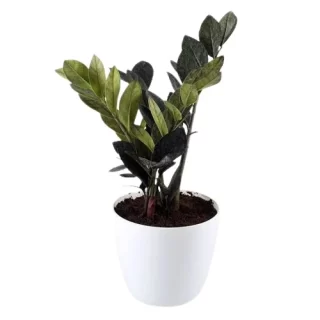
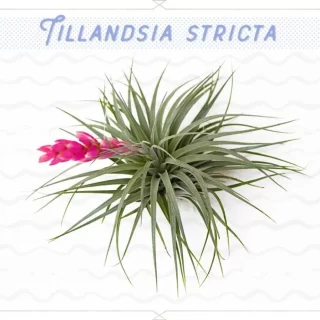
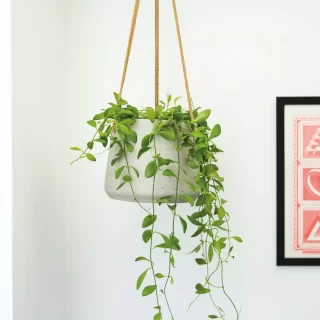
 If you need any assistance, I'm always here. Have you found what you were looking for?
If you need any assistance, I'm always here. Have you found what you were looking for?
Reviews
There are no reviews yet.